A Painting You Can Eat Off
They say a plate is just for serving food.
But here in Kutani, it’s for telling stories.”
―― Grandpa
🖼️ The Art of Kutani Ware
九谷焼という芸術
Kutani-yaki isn’t just pottery.
It’s Japan’s way of putting brush to porcelain—vivid, bold, and full of spirit.
Every dish feels like it carries a piece of nature, or a scene from an old folktale.
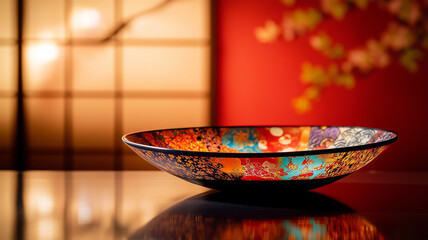
九谷焼は、ただの器ではありません。
それはまさに、日本人が磁器に筆を走らせるようなもの。
鮮やかで大胆、そして生命力に満ちた色彩。
一つひとつの皿に、自然や昔話の一場面が宿っているようです。
🎨 Five Colors, Countless Stories
五彩が描く、無数の物語
Traditional Kutani uses five main colors: red, blue, green, yellow, and purple.
These aren’t just colors—they’re emotions.
They wrap around cranes, pines, rivers, flowers… almost like poems written in glaze.
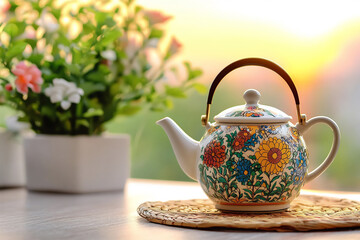
九谷焼の伝統色、赤・青・緑・黄・紫。
ただの色ではなく、“感情”そのもの。
鶴や松、川や花を包み込むように、
まるで釉薬で描かれた詩のように感じられます。
🍽️ From Edo to the World
江戸から世界へ、旅する器
Kutani ware was once shipped across the seas in the Edo period,
and it’s still catching eyes in modern galleries and collectors’ homes worldwide.
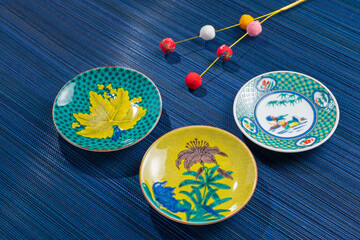
江戸時代に海を渡った九谷焼は、
今もなお、世界中のギャラリーやコレクターの心をつかんでいます。
🧓 Grandpa’s Note
グランパのひとこと
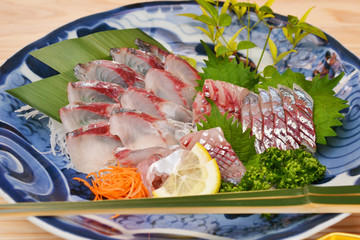
“Funny thing about these plates—
the older they get, the louder they speak.”
「不思議なもんじゃ。
古くなるほど、器はよくしゃべる。」
🗒️ Useful Words from the Grandpa Journal:
| Word | Meaning | 日本語訳 |
|---|---|---|
| Porcelain | A type of fine white ceramic | 磁器 |
| Glaze | A glassy coating on pottery | 釉薬(ゆうやく) |
| Motif | A decorative theme or element | 文様・モチーフ |
| Brushwork | The style of painting with a brush | 筆使い |

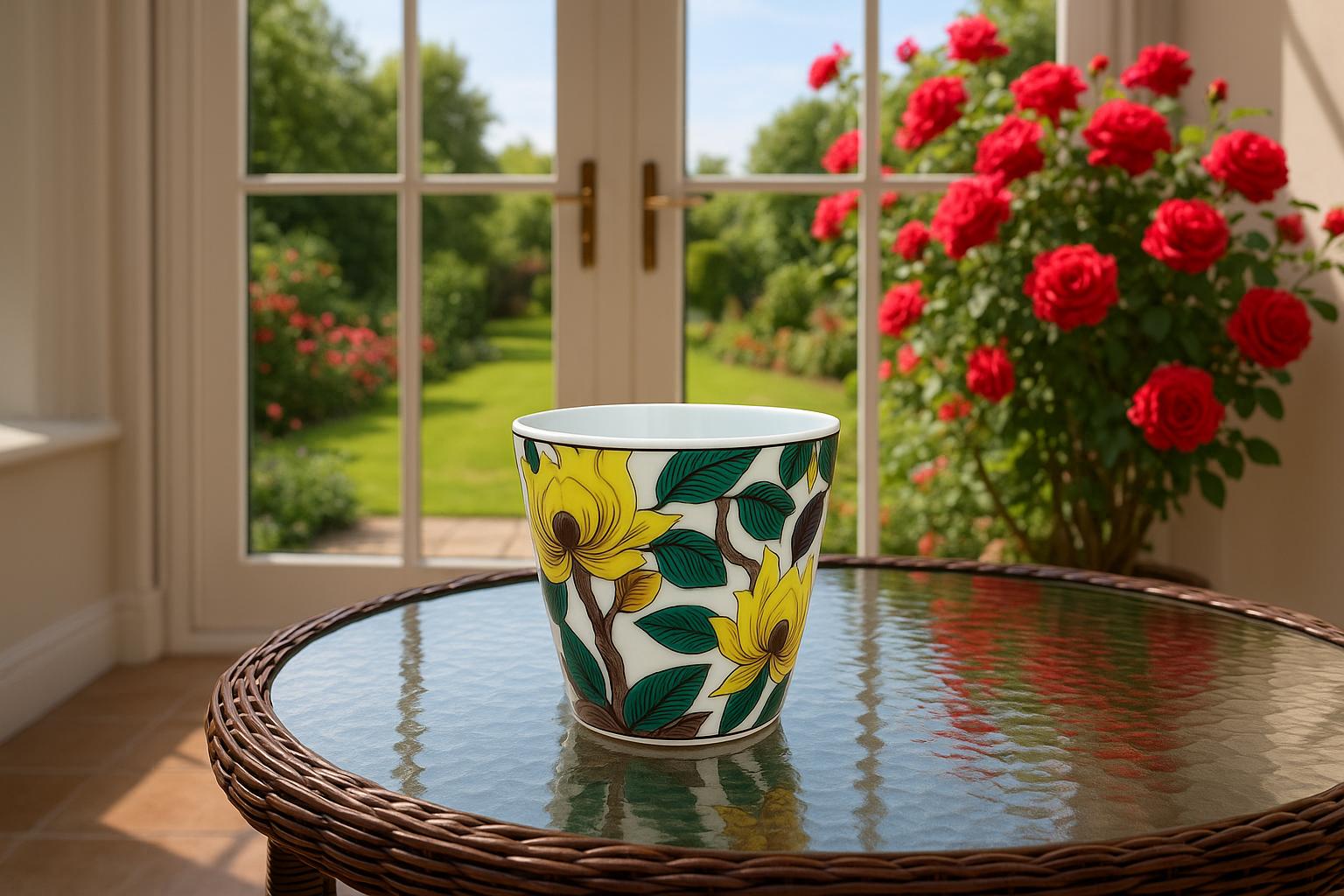
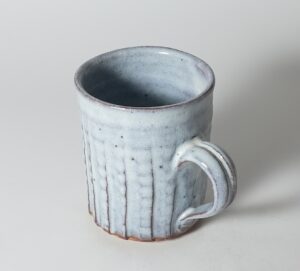

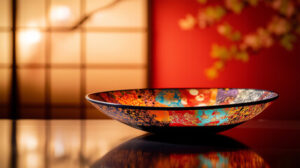
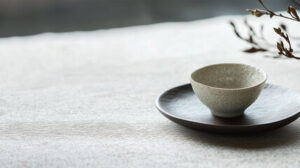
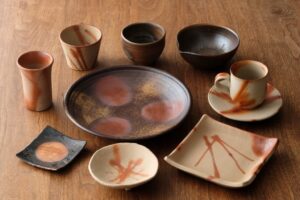
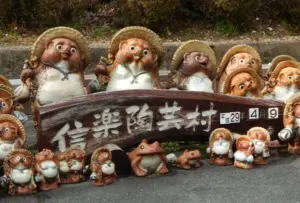




コメント